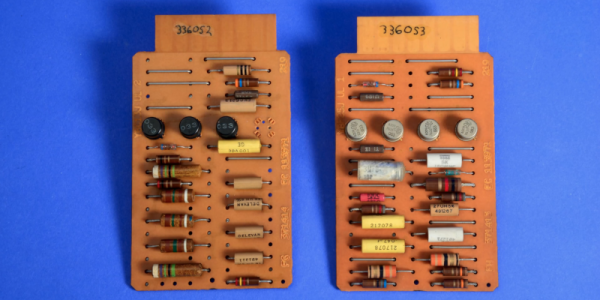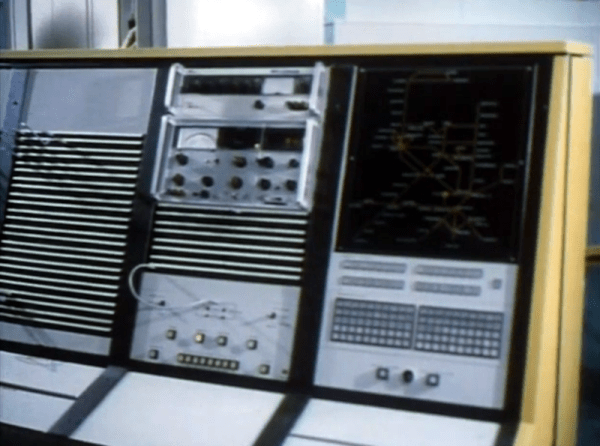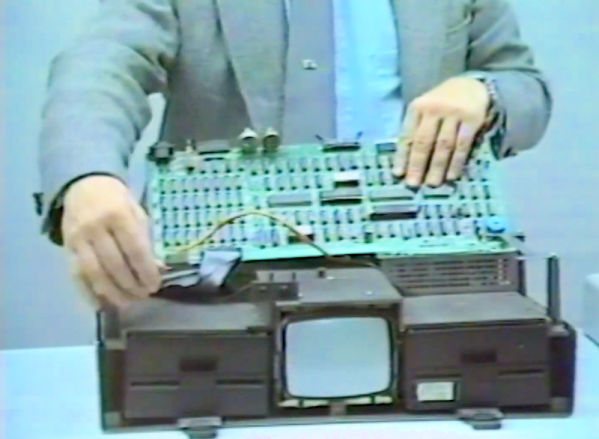If you think of IBM mainframe computers, you most likely are thinking of the iconic S/360 or the slightly newer S/370. But what about the 7070 from 1958? It had transistors! It didn’t, however, use binary. Instead, it was a decimal-architecture machine. You can see a lost video of the machine below.
It was originally slated to upgrade the older IBM 650 and 705 computers. However, it wasn’t compatible with either, so IBM had to roll out the IBM7080, which was compatible, at least, with the 705. Both machines could run 650 code via emulation.

















